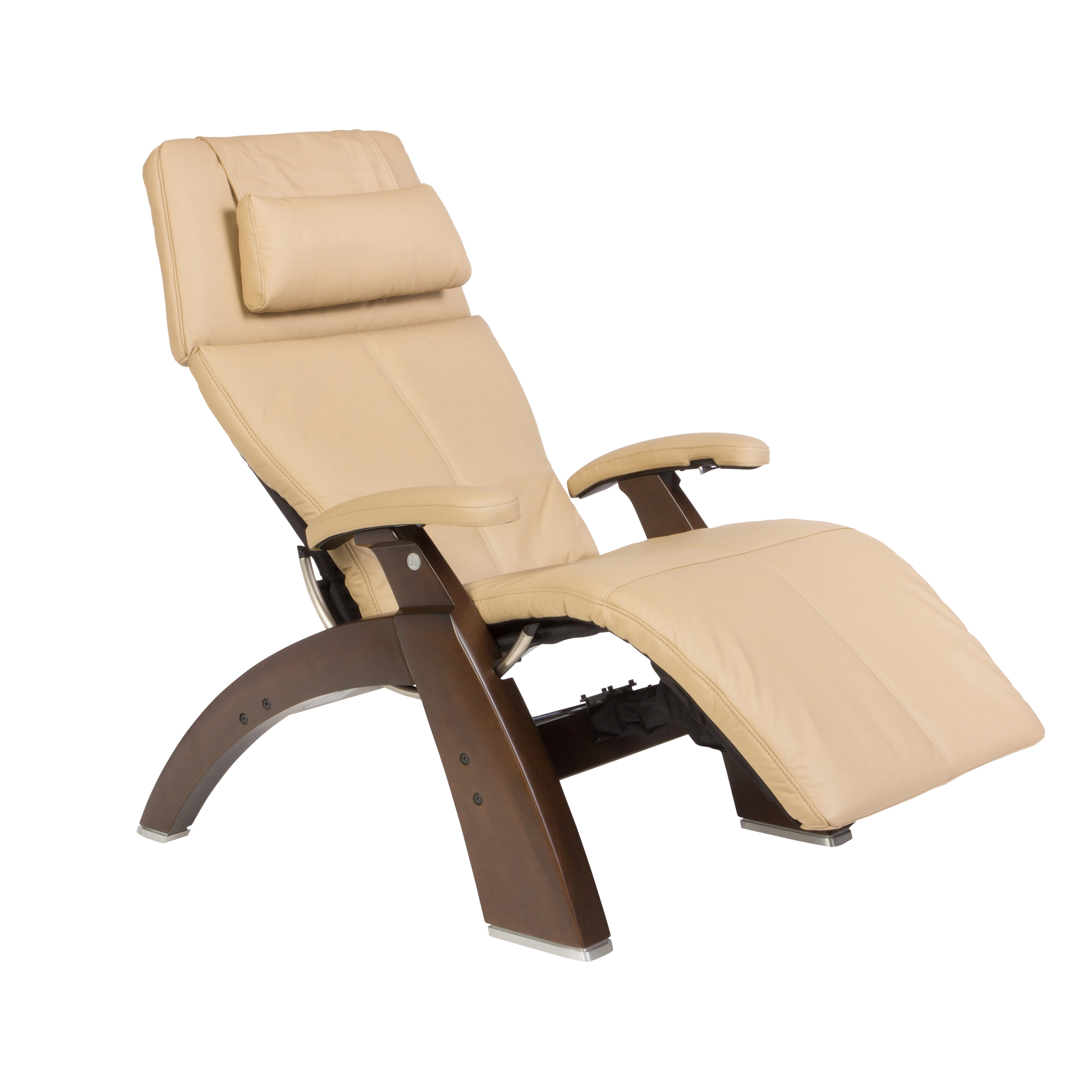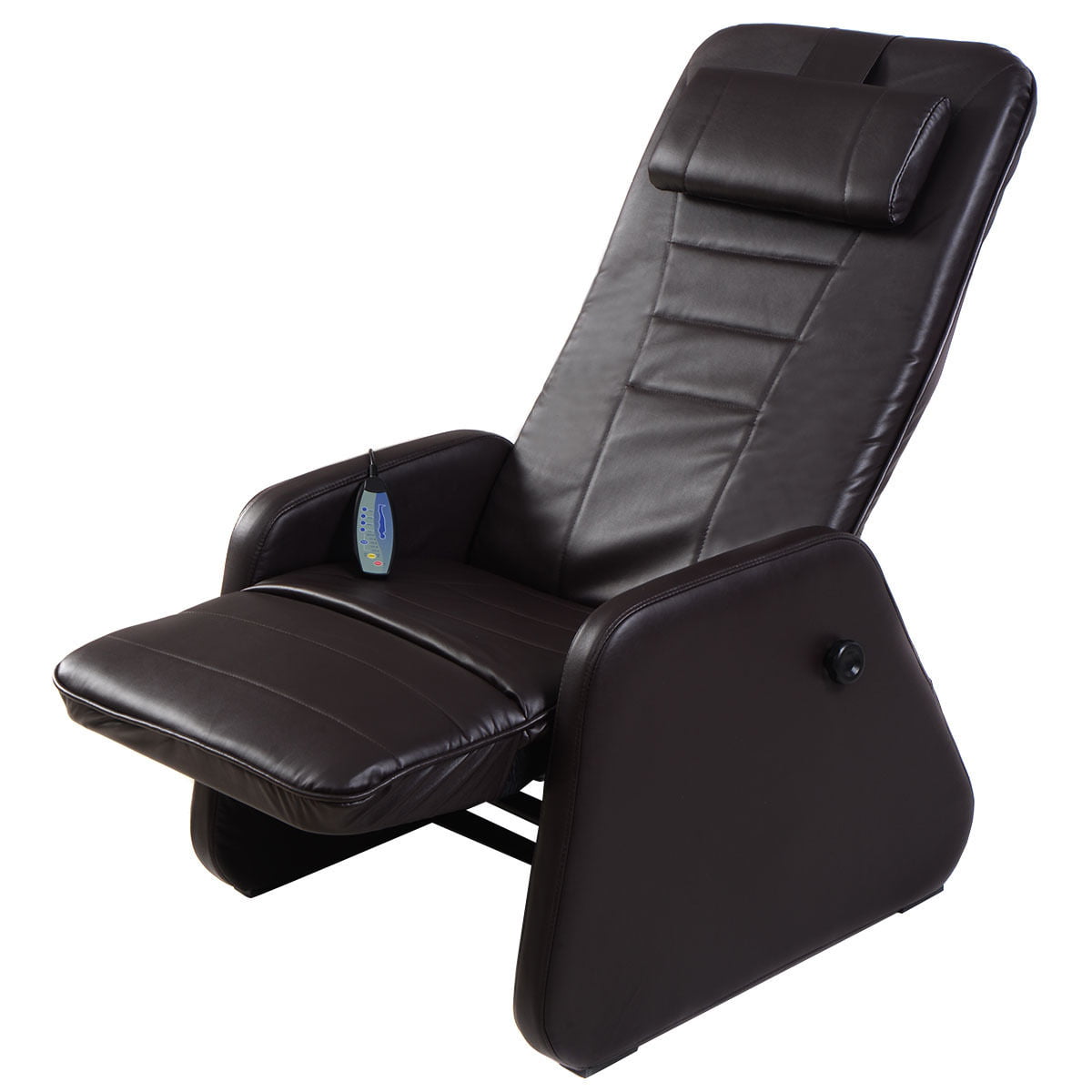Design and Functionality of Zero Gravity Medical Chairs

Zero gravity medical chairs are designed to provide a comfortable and therapeutic seating experience by mimicking the weightless sensation of space. They are often used in medical settings for patients with conditions such as back pain, arthritis, and circulatory problems.
Key Features and Components
The design of zero gravity medical chairs incorporates several key features and components to achieve their therapeutic benefits.
- Reclining Mechanism: These chairs feature a reclining mechanism that allows the user to adjust the angle of the seat and backrest to achieve a zero gravity position. This position reduces pressure on the spine and joints, promoting relaxation and pain relief.
- Footrest: A footrest is typically included to elevate the legs, further reducing pressure on the lower body and promoting circulation.
- Armrests: Adjustable armrests provide support and comfort for the arms and shoulders.
- Lumbar Support: Some chairs have lumbar support to provide additional comfort and support for the lower back.
- Materials: Zero gravity medical chairs are often made from durable and comfortable materials such as leather, fabric, or mesh.
Mechanisms for Achieving Zero Gravity Positioning
The zero gravity position is achieved by adjusting the angle of the seat and backrest to create a 1:1 ratio between the user’s body and the chair. This position reduces the pressure on the spine and joints, creating a feeling of weightlessness.
- Lever or Button Controls: Most zero gravity medical chairs are equipped with levers or buttons that allow the user to easily adjust the reclining angle.
- Gravity-Assisted Mechanism: Some chairs utilize a gravity-assisted mechanism that automatically adjusts the reclining angle as the user leans back.
- Electric Motors: Advanced zero gravity medical chairs may use electric motors to adjust the reclining angle and other features.
Types of Zero Gravity Medical Chairs
Zero gravity medical chairs come in various types, each with its unique design and functionality.
- Traditional Zero Gravity Chairs: These chairs are typically made from metal frames and padded upholstery. They often have a manual reclining mechanism and a fixed footrest.
- Electric Zero Gravity Chairs: These chairs use electric motors to adjust the reclining angle and other features. They often have a wider range of motion and may include features such as massage capabilities.
- Portable Zero Gravity Chairs: These chairs are designed for portability and can be easily folded and stored. They are often made from lightweight materials such as aluminum and are ideal for use at home or on the go.
Applications of Zero Gravity Medical Chairs in Healthcare

Zero gravity medical chairs have emerged as a valuable tool in various healthcare settings, offering numerous benefits for both patients and medical professionals. These chairs provide a unique and comfortable experience, enhancing patient care and recovery.
Enhancing Medical Procedures and Treatments
Zero gravity medical chairs create a comfortable and supportive environment for patients undergoing a variety of medical procedures and treatments. The chairs’ ability to recline to a near-horizontal position reduces pressure on the spine, improving circulation and alleviating discomfort. This can be particularly beneficial for procedures such as:
- Endoscopic procedures: By reducing strain on the patient’s body, zero gravity chairs can facilitate comfortable positioning during endoscopic procedures, such as colonoscopies and gastroscopies. This can lead to improved patient tolerance and potentially reduced procedure time.
- Dental procedures: Zero gravity chairs can be used in dental settings to provide a comfortable and relaxed position for patients undergoing extended procedures. The reclining position can reduce neck and back strain, making the experience more pleasant.
- Physical therapy: Zero gravity chairs can be incorporated into physical therapy programs to assist patients with range of motion exercises and post-operative rehabilitation. The chairs’ adjustable positions allow therapists to tailor the therapy to the individual patient’s needs.
Benefits for Patient Comfort and Recovery, Zero gravity medical chair
The benefits of zero gravity chairs extend beyond medical procedures and treatments. These chairs can significantly enhance patient comfort and recovery, leading to faster healing and improved overall well-being.
- Reduced pressure and pain: The weightless sensation created by the chair’s reclined position reduces pressure on the spine and joints, alleviating pain and discomfort. This is particularly beneficial for patients with conditions such as back pain, arthritis, or injuries.
- Improved circulation: The reclined position promotes blood flow, reducing swelling and improving circulation. This can accelerate healing and reduce the risk of complications, especially after surgery or injury.
- Enhanced relaxation and sleep: The weightless sensation and comfortable positioning promote relaxation and sleep. This can be particularly beneficial for patients recovering from surgery, chronic pain, or anxiety.
Examples of Usage in Medical Settings
Zero gravity medical chairs are finding applications in a wide range of healthcare settings, including:
- Hospitals: In hospitals, zero gravity chairs are used in various departments, such as emergency rooms, intensive care units, and surgical wards. They provide comfortable seating for patients waiting for treatment, during recovery, and for post-operative care.
- Clinics: Clinics specializing in various medical fields, such as pain management, physical therapy, and dermatology, often utilize zero gravity chairs to enhance patient comfort and recovery.
- Rehabilitation centers: Zero gravity chairs are becoming increasingly common in rehabilitation centers, where they aid in physical therapy, promote relaxation, and facilitate patient independence.
Future Trends and Innovations in Zero Gravity Medical Chairs

The field of zero gravity medical chairs is constantly evolving, driven by advancements in technology and a growing understanding of the benefits of weightlessness for patient recovery and comfort. Emerging trends and innovations are shaping the future of these chairs, promising even more effective and personalized healthcare solutions.
Integration of Artificial Intelligence and Machine Learning
Artificial intelligence (AI) and machine learning (ML) are transforming healthcare, and zero gravity medical chairs are poised to benefit from these advancements. AI-powered algorithms can analyze patient data, such as vital signs and movement patterns, to personalize chair settings and optimize treatment outcomes. For example, AI could be used to automatically adjust the chair’s angle and pressure distribution based on a patient’s weight, body type, and medical condition.
- AI-powered systems can monitor patient vital signs, detect changes, and alert medical staff in real-time, enabling proactive intervention and improved patient safety.
- ML algorithms can analyze large datasets of patient information to identify patterns and predict potential health issues, allowing for early intervention and preventative care.
Advanced Materials and Design
The development of advanced materials is leading to lighter, stronger, and more comfortable zero gravity medical chairs. For example, lightweight carbon fiber composites can reduce the chair’s overall weight, making it easier to maneuver and transport. These materials also enhance durability, ensuring the chair can withstand frequent use and heavy loads.
- New materials, such as memory foam and advanced textiles, can be integrated into the chair’s design to provide enhanced comfort and support, reducing pressure points and improving blood circulation.
- Advanced materials can also be used to create chairs that are more resistant to bacteria and viruses, improving hygiene and infection control.
Enhanced Functionality and Features
Zero gravity medical chairs are becoming increasingly sophisticated, incorporating advanced features that enhance their functionality and therapeutic benefits.
- Integrated massage systems can provide targeted therapy to reduce muscle tension and pain, promoting relaxation and recovery.
- Some chairs are now equipped with built-in heating and cooling systems, allowing for precise temperature control and enhancing patient comfort.
Telemedicine Integration
The rise of telemedicine is opening new possibilities for remote patient monitoring and care. Zero gravity medical chairs can be integrated with telemedicine platforms, enabling healthcare providers to monitor patients remotely and adjust chair settings as needed.
- This integration can improve access to healthcare, particularly for patients in rural or underserved areas.
- Telemedicine-enabled chairs can also facilitate virtual consultations and rehabilitation sessions, enhancing patient engagement and convenience.
Next-Generation Zero Gravity Medical Chair Concept
A next-generation zero gravity medical chair could incorporate all of these advancements, creating a truly personalized and therapeutic experience for patients. This chair would feature:
- AI-powered personalization: The chair would use AI to analyze patient data and adjust settings automatically, optimizing comfort and therapeutic benefits.
- Advanced materials: The chair would be constructed from lightweight and durable materials, such as carbon fiber composites and memory foam, for enhanced comfort and durability.
- Enhanced functionality: The chair would incorporate features such as integrated massage systems, heating and cooling, and telemedicine integration.
- User-friendly interface: The chair would have a simple and intuitive interface, allowing patients to easily control settings and access information.
Zero gravity medical chairs are designed to reduce pressure on the spine and promote blood circulation, often incorporating features like adjustable lumbar support and recline angles. The concept of weightlessness is also applied in the design of recreational chairs, like the red Oxford zero gravity chair , which aims to provide a comfortable and relaxing experience.
While medical chairs prioritize therapeutic benefits, recreational chairs focus on user comfort and leisure, showcasing the versatility of zero gravity technology across various applications.
Zero gravity medical chairs are designed to reduce pressure on the spine and joints, promoting healing and comfort for patients. While these chairs are often found in clinical settings, the concept of zero gravity seating has also found its way into the home.
A similar experience can be achieved with the ace hardware zero gravity chair , which offers a reclining position that reduces stress on the body. While not designed for medical use, these chairs can provide a relaxing and therapeutic experience for individuals seeking comfort and support.
